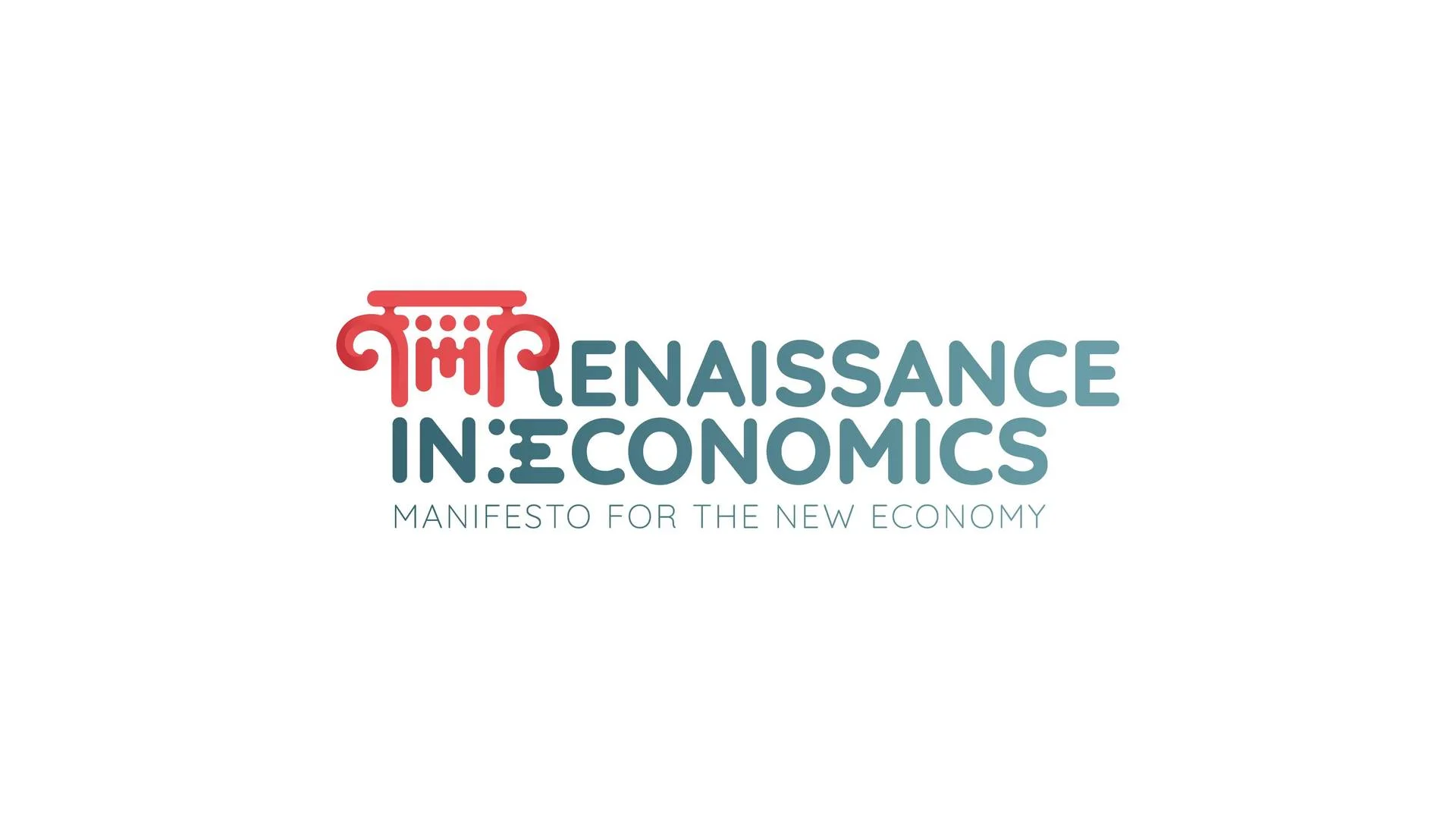
How to Find and Avoid Predatory Publishers
Read a summary using the INOMICS AI tool
A recent investigation by British newspaper The Guardian and several German publishers has highlighted the vast number of “predatory publishers” who are operating in academia and are publishing fake science for profit. These publishers invite researchers to publish their work in a journal and then charge exorbitant fees.
Predatory publishers have been known to be a problem in academia for some time, but this new investigation sheds light on just how many of these dubious companies exist and the extent to which they are promoting junk science and extracting money from unsuspecting researchers.
Open access publishing – that is, a system whereby authors pay a fee to a journal to make their research publicly available for anyone to read, for free – has become more and more common in the last years. There are advantages to such an open access system for researchers, students and the public. However, there are also potential problems in the publication process which are magnified by open access. While there are many well-respected open access journals (like PLoS One, for example), some open access journals are damaging to authors and to the publishing system and should be avoided.
Download the Conference Monkey Directory - 6 Month Conference List

What are predatory publishers?
Unfortunately, with the rise of open access publishing, there has also been a rise in exploitative low-quality journals which charge large fees to authors to publish their work but do not provide a rigorous review and publication process. Known as predatory publishers, these organisations accept almost any paper that is submitted to them, but do not provide adequate editorial oversight to ensure that the information presented is accurate and peer-reviewed.
They also commonly hide the fact that they will be charging fees until after a paper is accepted, at which point the author is confronted with a large cost demand. Therefore, publications in these predatory journals are not respected, and authors can end up paying thousands of Euros for a worthless publication.
Given the intense pressure on researchers to publish their work regularly for career advancement, it is important to be able to identify these predatory journals so that they cannot exploit newer early-career researchers or researchers from developing countries.
How prevalent are predatory publishers?
According to the Guardian investigation, more than 175,000 articles have been published by just five of the largest predatory publishers, including the well-known and poorly-regarded Omics and Waset publishers. Most of these articles have not been peer-reviewed or even properly edited, with no attempts made to authenticate the contents of the articles. In several cases, joke articles or computer-generated nonsense articles were accepted without review or revision.
The problem with these non peer-reviewed scam journals is two-fold: firstly, researchers are being tricked out of thousands of dollars in publication fees which they think is securing them a publication in a legitimate journal only to find their publication is essentially worthless. Secondly, the practice threatens to de-legitimise science as a whole, by publishing junk claims in journals which appear on the surface to be on an equal footing with respected peer-reviewed journals. When readers cannot distinguish between high quality science which has been reviewed by experts and found to be accurate and meaningless junk which has not passed any sort of editing process, then faith in scientific publishing as a whole breaks down.
How can you identify predatory publishers?
You want to avoid predatory publishers at all costs. You definitely don't want to go through all the work of preparing and submitting a manuscript, just to find out that the publishers wants to charge a ridiculous fee to publish your work. There are some ways that you can spot a predatory publisher though: first, ignore any emails that you receive which are inviting you to submit work to a particular journal. Once you have published work in a reputable journal, your email address and research area will be public. Predatory publishers will comb the web for this information and use it to email you, inviting you to submit work to their journal.
Often times, you will be invited to submit to journals which have little or nothing to do with your actual research. Also, it is very rare to be invited to submit work to a journal – especially if you are a junior researcher – and it if were to happen, you would receive a personal email from the editor of the journal, not a generic form email. If you receive emails inviting you to submit work to a journal, just delete them and move on. Don't waste your time taking these offers seriously.
In order to avoid such publishers, researchers also need to be aware of typical tactics used. Any journals which solicit manuscripts by mass-mailing researchers should be avoided; reputable journals generally do not solicit authors to publish with them. If you receive an email inviting you to submit your work to a journal which you are not familiar with, it is extremely likely that it is from a predatory publisher.
Other methods to check the reputability of a journal is to search for it online. Unprofessional websites with spelling and grammar errors are indicative of an untrustworthy journal. Also check the email addresses provided for the editors and board of the journal. These email addresses should be from academic institutions – if the email addresses are from Gmail, Hotmail, Yahoo etc. then the journal is unlikely to be respectable. One can also check the physical address of the journal – in which city and country it is based.
A final warning sign of a predatory publisher is an extremely rapid review and publication process. Submitting, reviewing, and revising a paper is a long process that typically takes somewhere between several months up to more than a year. If a journal promises to have your findings published within weeks, it is unlikely that this would be enough time for the paper to be reviewed correctly. The lack of proper peer-review process is the surest sign that a journal is not to be trusted.
The Beall List
One invaluable tool to avoid untrustworthy journals is the list of predatory open access publishers compiled by Jeffrey Beall, a librarian from the University of Colorado Denver. He identifies predatory publishers based on criteria such as a lack of transparency in publishing operations, an editorial board with an insufficient number of members, and an attempt to hide or obscure the fees which authors are expected to pay until after acceptance. He lists the full findings of his investigations on his website. While there is some debate over whether these criteria are the best way to identify predatory publishers, almost all researchers agree that Beall's list is an excellent resource to start from. When in doubt about a publisher, you can begin by checking whether it appears on Beall's list, and if it is, proceed with extreme caution.
When in doubt about the reputation of a journal, it's best to contact other researchers in your field to gauge their knowledge. Don't be too quick to choose a journal for your work; and remember to research publishers thoroughly before committing. That way you can be sure you're not taken in by these disreputable publishers.
(Editor's note: Beall's list has since been discontinued. It does, though, still exist in an archived form, and remains a useful resource)
Download the Conference Monkey Directory - 6 Month Conference List
-
- Assistant Professor / Lecturer Job, Professor Job
- Posted 1 week ago
Lecturer / Senior Lecturer in Economics
At University of Canterbury in Christchurch, Nuova Zelanda
-
- Conferenza
- Posted 1 week ago
45th RSEP International Multidisciplinary Conference
Between 4 Feb and 5 Feb in Lisbon, Portogallo
-
- Workshop, Conference
- Posted 3 days ago
Call for Papers: 3° International Conference Renaissance in Economics 2026
Between 14 May and 15 May in Rome, Italia
















